Immigration
The movement of nationals of one country into another for the purpose of resettlement is central to Canadian history. This timeline charts significant migrations that have shaped our nation.

-
June 17, 1753

Immigration
Germans Settle Lunenburg
Almost 1500 German settlers arrived at Lunenburg, NS.They built a palisade for defence on the present site of the academy, drew lots and planted some crops.
-
January 01, 1776

Immigration
Slaves and Free Persons Reach Nova Scotia
Canada developed a reputation as a safe haven for Blacks during the American Revolution, 1775-1783. The British promised land, freedom and rights to slaves and free Blacks in exchange for services rendered. Some of the Black Loyalists who reached Nova Scotia belonged to the "Company of Negroes" that had left Boston with British troops.
-
April 01, 1776

Immigration
First Loyalists Arrive
The first United Empire Loyalists — 1,124 refugees from New England — arrived in Halifax, NS. Another 40,000 or so followed them to NS and to Québec. The immigration resulted in the formation of New Brunswick and Upper Canada.
-
January 01, 1783

Immigration
Loyalist Immigration Wave from New York State
Thirty-five thousand Loyalists immigrate from New York State.
-
January 03, 1802
Immigration
Highlanders Settle Sydney
Three hundred Scottish Highlanders settled at Sydney, NS.
-
September 01, 1813
Immigration
"Black Refugees" Set Sail
British Vice-Admiral Alexander Cochrane's offer of transportation for anyone wanting to leave the United States was widely circulated among the Black population. Four thousand former slaves deserted to the British side and were transported to the British colonies. About 2,000 refugees set sail for Nova Scotia from September 1813 to August 1816.
-
January 01, 1815

Immigration
The Underground Railroad
Canada's reputation as a safe haven for Blacks grew substantially during and after the War of 1812. Between 1815 and 1865, tens of thousands of African-Americans sought refuge in Upper and Lower Canada via the legendary Underground Railroad.
-
April 14, 1826

Immigration
Surplus Children
Robert Chambers told a committee of the British Parliament dealing with emigration that London was too full of children. He recommended that Britain's surplus children be sent to Canada as farm labour.
-
January 01, 1851
Immigration
First Issue of Bibb's Voice of the Fugitive
Henry Bibb was a rebellious slave who escaped to Detroit around 1840 and began speaking publicly against slavery and organizing abolitionist groups. A decade later, he moved to Windsor and founded the Voice of the Fugitive, which reported on the Underground Railroad and colonization schemes.
-
February 15, 1851
Immigration
Shadrach Minkins Arrested
Shadrach Minkins, who had escaped enslavement in Virginia and reached Boston in 1850, was arrested under the Fugitive Slave Act by U.S. Marshals posing as customers at the coffee house where he was employed. At his trial, Black and white abolitionists of the Boston Vigilance Committee forcibly removed Minkins from the court house and transported him to Montréal by way of the Underground Railroad.
-
February 26, 1851
Immigration
Formation of Canadian Anti-Slavery Society
The number of abolitionist sympathizers grew in Canada in the 1850s-1860s. As more Black refugees entered Canada, sympathizers formed organizations and committees to influence public opinion and help freedom-seekers make their way north. On 26 February 1851, the Anti-Slavery Society of Canada was formed, "to aid in the extinction of Slavery all over the world."
-
June 17, 1852
Immigration
Steamers Bring Freedom Seekers to Canada
By mid-century, Great Lakes steamers regularly transported Blacks to Canada. Underground Railroad agents used scows, sailboats, and steamboats to deliver their precious cargo to Canadian shores. This sustained migration prompted one Toronto Colonist editor to complain on 17 June 1852 that "every boat arriving from the United States seems to carry fugitive slaves."
-
February 29, 1860
Immigration
First Female Chinese Citizen
The wife of merchant Kwong Lee arrived in Victoria, BC. She was Canada's first female Chinese citizen.
-
February 16, 1861
Immigration
"Anderson" Case Heard in British Court
Black refugee "John Anderson" was arrested for having murdered Seneca Diggs, who tried to prevent his escape. He was tried by the Court of Queen's Bench and ordered extradited. British abolitionists got the case before the Queen's Court in England. The case was dismissed on a technicality; the arresting warrant had not mentioned murder.
-
March 10, 1861

Immigration
Birth of Sir Clifford Sifton
Politician Sir Clifford Sifton, best known for his aggressive promotion of immigration to settle the Prairie West, was born near Arva, Canada W.
-
January 01, 1865
Immigration
Interview with First Black Girl in Upper Canada Published
American abolitionist and writer Benjamin Drew conducted research in Canada in the 1850s and interviewed many former slaves about the Black refugee experience. In 1865 he published an interview with an elderly woman named Sophia Pooley who claimed to have been one of Joseph Brant's slaves and the "first Black girl in Upper Canada."
-
January 01, 1877
Immigration
Manzo Nagano Settles in Victoria
The first known immigrant from Japan, Manzo Nagano, settled in Victoria, BC. The first wave of Japanese immigrants, called Issei (first generation), arrived between 1877 and 1928. By 1914, 10,000 people of Japanese ancestry had settled permanently in Canada.
-
January 01, 1885
Immigration
Chinese Head Tax
Chinese migrants were obligated to pay a $50 "entry" or "head" tax before being admitted into Canada. The Chinese were the only ethnic group required to pay a tax to enter Canada. By 1903, the head tax was increased to $500; the number of Chinese who paid the fee in the first fiscal year dropped from 4719 to 8.
-
March 31, 1885

Immigration
Chinese Act Disallowed
The federal government disallowed the British Columbia Act restricting Chinese immigration.
-
January 01, 1896
Immigration
Sifton Encourages Immigration
Clifford Sifton removed red tape, broadened the selection of potential immigrants and offered incentives to those who would come to settle the Canadian West, "the last, best West." The result was an influx of immigrants from eastern and southern Europe that changed the composition of the Canadian population forever.
-
January 01, 1897
Immigration
First Sikhs in Canada
The first Sikhs came to Canada at the turn of the 20th century. Some came to Canada as part of the Hong Kong military contingent en route to Queen Victoria's Diamond Jubilee (1897) and the coronation of Edward VII (1902), and returned to Canada to establish themselves in British Columbia. More than 5,000 South Asians, more than 90 per cent of them Sikhs, came to British Columbia before their immigration was banned in 1908.
-
January 20, 1899

Immigration
Doukhobors Arrive in Canada
About 2000 Doukhobors landed in Halifax from Russia, en route to farms in the West.
-
January 01, 1902
Immigration
Royal Commission on Chinese and Japanese Immigration
The federal government appointed a Royal Commission on Chinese and Japanese Immigration, which concluded that the Asians were "unfit for full citizenship ... obnoxious to a free community and dangerous to the state."
-
January 01, 1903
Immigration
Chinese Head Tax Increased to $500
After the 1903 session of Parliament passed legislation raising the head tax to $500, the number of Chinese who paid the fee in the first fiscal year dropped from 4,719 to 8.
-
January 20, 1904

Immigration
Disallowance of Chinese Ban
The Canadian government disallowed a BC Act restricting Chinese immigration to that province.
-
October 01, 1906
Immigration
The Suian Maru Voyagers
In October 1906, the Japanese vessel Suian Maru landed at Beecher Bay, on Vancouver Island. The group of 80 men and 3 women subsequently settled on Don and Lion islands near Richmond, BC. They worked in the fishing industry until the 1942 Japanese Internment. In October 2006, Richmond city council unveiled a plaque commemorating the Suian Maru voyagers.
-
January 01, 1907
Immigration
South Asian Immigration Banned
An order-in-council banned immigration from India and South Asian countries. The population of South Asians in Canada would drop to roughly 2,000, the majority being Sikh. Though wives and children of legal Sikh residents were allowed entry to the country in the 1920s, it would not be until the late 1940s that the policies were changed to allow for full South Asian immigration to Canada.
-
September 07, 1907
Immigration
Anti-Asian Riot
Several hundred people rioted through Vancouver's Asian district to protest Asian immigration to Canada. Discriminatory legislation and social practices in BC denied Chinese, Japanese and South Asians the right to vote, practise law or pharmacy, be elected to public office, serve on juries, or work in education or the civil service. Public opinion resulted on several occasions in violent anti-Asian riots.
-
January 01, 1911
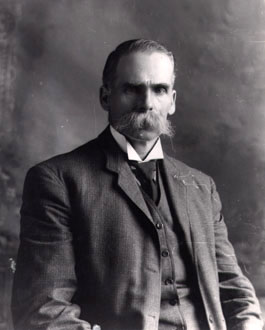
Immigration
Oliver's Immigration Policy
Alberta's Frank Oliver wanted tighter controls on immigration. He became the Liberal government's Minister of the Interior in 1905. Oliver was staunchly British, and his policies favoured nationality over occupation. By 1911, he was able to assert that his immigration policy was more "restrictive, exclusive and selective" than his predecessor's.
-
March 10, 1913

Immigration
Death of Harriet Tubman
Harriet Tubman, ardent abolitionist and heroine of the Underground Railroad, died in New York in 1913. As a conductor with the Underground Railroad, she made 19 secret trips to the American South and guided more than 300 slaves to freedom in Canada.
-
May 23, 1914

Immigration
The SS Komagata Maru Arrives in Vancouver Harbour
In 1914, 376 people from India aboard the immigrant ship Komagata Maru languished in Vancouver Harbour while Canadian authorities debated what to do with them. Two months later, on 23 July, Canada’s new navy, in action for the first time, escorted the ship from Canadian waters. Many Vancouver residents cheered approvingly from shore.
-
January 01, 1923
Immigration
Gentlemen’s Agreement Amendment
An amendment to the 1908 Hayashi-Lemieux agreement reduced the number of male Japanese immigrants to a maximum of 150 annually. In 1928, the Gentlemen’s Agreement was amended further to include women and children in the count of 150.
-
July 01, 1923
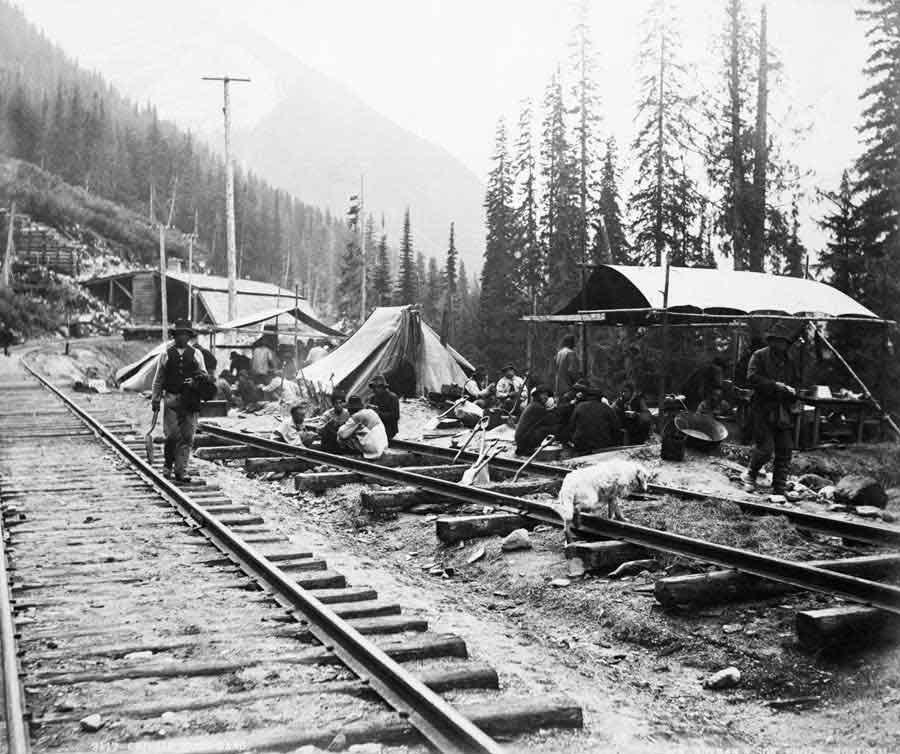
Immigration
Chinese Immigration Act
The Chinese Immigration Act was replaced by legislation that virtually suspended Chinese immigration on the day known to the Canadian Chinese as "Humiliation Day." The discriminatory legislation would not be repealed until 1947.
-
March 09, 1925

Immigration
CN Rail Establishes Canadian National Land Settlement Association
The Canadian National Railway (CN) established the Canadian National Land Settlement Association to promote immigration and land settlement in Canada. This increased rail traffic and helped the railway use some of the land granted by the federal government.
-
January 01, 1928
Immigration
Pier 21 Opens
Pier 21 opened in Halifax, NS. The point of entry for some one million immigrants into Canada — and the point of departure for nearly 500,000 soldiers in the Second World War — it has often been called the “Gateway to Canada." Today it is a national historic site and museum.
-
January 01, 1939
Immigration
Pier 21 and the Second World War
Pier 21 was taken over by the Department of National Defence, becoming a departure point for roughly 500,000 Canadian servicemen and women bound for the Second World War. After the war, when the soldiers came home through Pier 21, a tide of war brides would return with them.
-
June 07, 1939
Immigration
MS St. Louis turned away from Canada
Jewish refugees fleeing Nazi Germany aboard the MS St. Louis are turned away by the Canadian government and are eventually forced to return to Europe.
-
January 01, 1945
Immigration
Immigration and Labour Demand
At war's end, Canadian immigration regulations remained unchanged from the restrictive prewar years. But with a great demand for labour, Canada gradually re-opened its doors to European immigration; first to immigrants Canada traditionally preferred — those from the United Kingdom and Western Europe — but eventually to the rest of Europe as well. Immigration from Eastern Europe came to a halt, however, as borders to the west were closed by the Soviet Union and its Cold War allies.
-
January 01, 1946
Immigration
Protest against Deportation of Japanese Canadians
In 1946, after the war was over, the government attempted to deport 10,000 Japanese Canadians to Japan but was stopped by a massive public protest from all parts of Canada. Nevertheless, 4,000 Japanese Canadians, more than half of whom were Canadian citizens, were deported to Japan.
-
February 10, 1946

Immigration
War Brides arrive from England
The ship Mauritania docked in Halifax. It was carrying 943 war brides and children from England.
-
January 01, 1955

Immigration
West Indian Domestic Scheme is Implemented
The West Indian Domestic Scheme was implemented by the Department of Citizenship and Immigration. Under the program, approximately 3,000 Caribbean women emigrated to Canada to work as domestic workers. Women that participated often faced difficult work conditions and racial discrimination. They were granted landed immigrant status after one year and were then able to sponsor the immigration of family members. The scheme officially ended in January 1968, when it was replaced by a points-based system that provided temporary work permits. In July 2020, the Government of Canada declared the West Indian Domestic Scheme to be of national historic significance.
-
October 23, 1956

Immigration
Hungarian Uprising
Thousands of students took to the streets in Budapest to demand free speech and free elections in Hungary. The uprising ended when Soviet tanks rolled into the capital on 4 November. Some 37,000 Hungarian refugees fled to Canada.
-
December 04, 1956
Immigration
Hungarian Refugees Arrive in Vancouver
The first Hungarian refugees, fleeing their country after Soviet troops crushed their uprising, arrived in Vancouver.
-
January 19, 1962
Immigration
Fairclough Dismantles Discriminatory Policy
During her term as Minister of Citizenship and Immigration, Ellen Fairclough oversaw improvements to the Canadian Immigration Service, but her most significant accomplishment was the radical reform of the government's "White Canada" immigration policy. Regulations tabled in 1962 helped to eliminate racial discrimination in Canada's immigration policy.
-
August 29, 1964
Immigration
International Firearms Robbery
The FLQ robs the International Firearms gun store in Montreal, stealing several cases of guns and killing employee Leslie McWilliams. Another employee, Alfred Pinisch, is mistaken for a robber and killed by police.
-
January 01, 1967
Immigration
Second Wave of Japanese Immigration
The second wave of Japanese immigration began in 1967 as a result of the “points system.” Many Japanese immigrants who came to Canada during this period worked in the service or skilled trades sectors.
-
October 01, 1967
Immigration
Immigration "Points System" Introduced
Prior to 1967, the immigration system relied largely on immigration officers' judgment to determine who should be eligible to enter Canada. Deputy Minister of Immigration Tom Kent established a points system, which assigned points in nine categories, to determine eligibility.
-
January 01, 1971
Immigration
Majority of Immigrants Non-European
The last vestiges of racial discrimination in immigration were gone from Canadian immigration legislation and regulations by the late 1960s. This opened Canada's doors to many of those who would previously have been rejected as “undesirable.” In 1971, for the first time in Canadian history, the majority of those immigrating into Canada were of non-European ancestry.
-
January 01, 1971
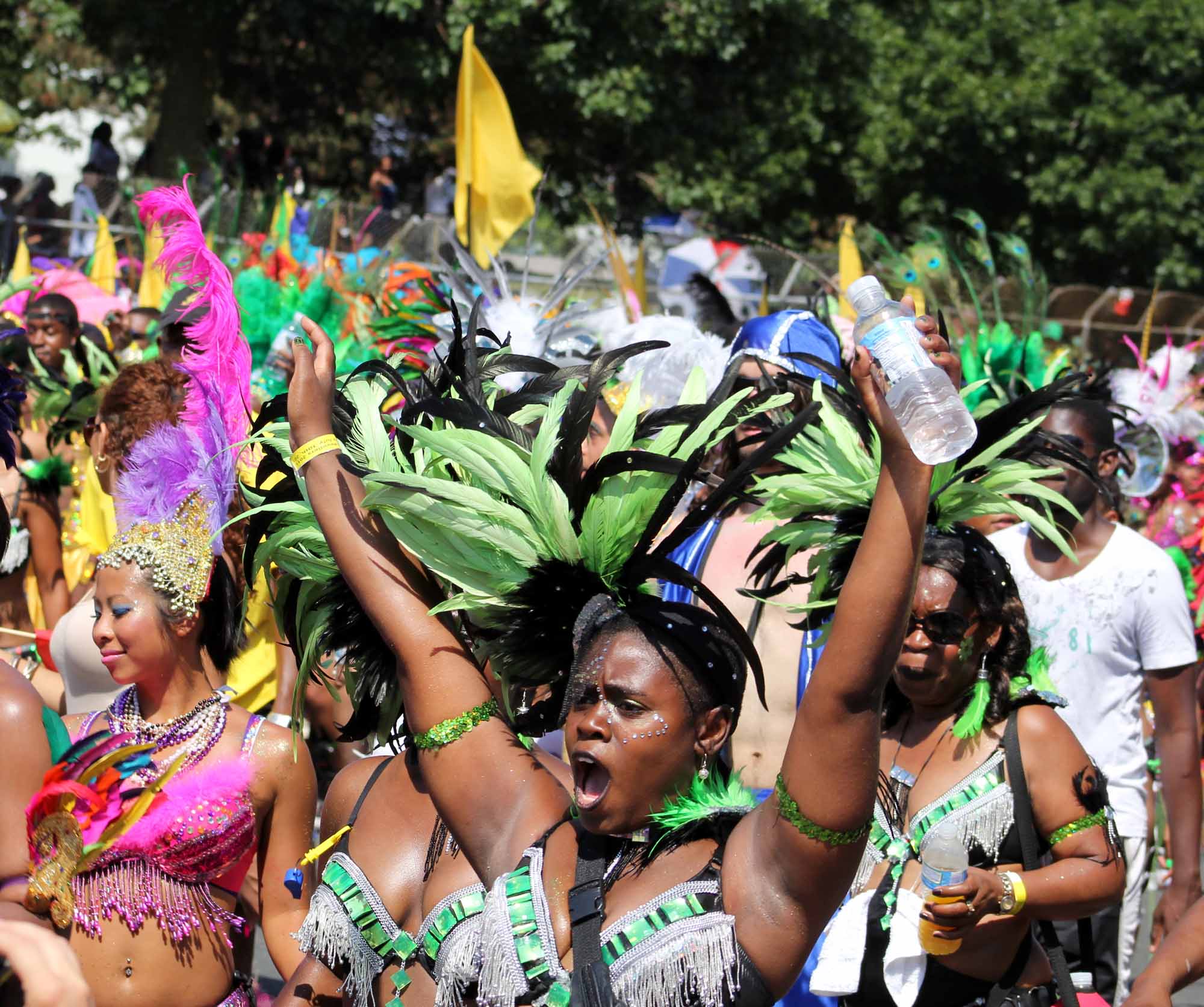
Immigration
West Indian Immigration
Following the Immigration Act of 1962 and 1967 reforms, about 64,000 West Indians came to Canada. Canadians of Caribbean origin belong to one of the largest non-European ethnic groups in Canada. In the 2006 census, 578,695 Canadians reported that they originated from the Caribbean, and the overwhelming majority of these people have immigrated to Canada since the 1970s.
-
March 08, 1971
Immigration
Pier 21 Closes
Forty-three years after its official opening, Pier 21 was closed. A gateway to Canada, one in five Canadians has a connection to Pier 21, in Halifax, NS. Roughly one million immigrants passed through its doors between 1928 and 1971.
-
April 30, 1975

Immigration
Fall of Saigon
The Vietnam War ended with the fall of Saigon, the capital of South Vietnam, to Communist forces. In the years that followed, many refugees risked their lives to escape the turbulent political context, human rights violations and rapidly deteriorating living conditions in Vietnam, Cambodia and Laos. By 1985, Canada had admitted more than 98,000 refugees from these countries.
Since 2015, 30 April has been designated Journey to Freedom Day in commemoration of the perilous journey undertaken by Vietnamese refugees.
-
May 18, 1976
Immigration
The Komagata Maru Incident Opens
Sharon Pollock's The Komagata Maru Incident, a play about the government's refusal to allow Sikh immigrants to land on Canadian soil in 1914, opened at Vancouver's Playhouse Theatre.
-
January 01, 1978
Immigration
New Immigration Act and Refugees
In 1978, Canada enacted a new Immigration Act that affirmed Canada's commitment to the resettlement of refugees from oppression. Refugees would no longer be admitted to Canada as an exception to immigration regulations. Admission of refugees was now part of Canadian immigration law and regulations.
-
November 01, 1978
Immigration
The Hai Hong
In 1978, Canada accepted 604 refugees from the freighter Hai Hong. The situation of the "boat" people and of Lao, Khmer and Vietnamese "land people" who fled to Thailand grew increasingly severe, and in response Canada took in 59,970 refugee and designated-class immigrants during the next two years.
-
January 01, 1980
Immigration
Illegally Stranded Refugees
The refugee issue was dramatically brought home to Canadians in the late 1980s, when two ships illegally stranded Sikh and Tamil refugee claimants on Canada's East Coast. Amid greatly exaggerated fears that Canada was about to be flooded with refugees, Parliament and immigration authorities began tightening up refugee regulations and procedures.
-
January 01, 1980
Immigration
Southeast Asian Refugees
The first major refugee resettlement program under the new immigration legislation of 1978 came during the early 1980s, when Canada led the Western world in its welcome to Southeast Asian refugees and particularly those from Vietnam, often referred to as the "boat people." Many had escaped Vietnam in tiny boats and found themselves confined to refugee camps in Thailand or Hong Kong awaiting permanent homes.
-
December 19, 1984
Immigration
Hong Kong Invests in Vancouver
The signing of the Chinese-British Joint Declaration mandating the return of Hong Kong to China in 1997 began to cause a flow of Hong Kong capital and immigration into Vancouver.
-
January 01, 1985
Immigration
Canada's New Immigration Policy
Canada changed its immigration policy to expand the list of business immigrants to include investors, entrepreneurs and those who are self-employed. This led to increased immigration from Hong Kong where people had begun to leave after Britain agreed to transfer its colony to China in 1997, and to a lesser extent from Taiwan.
-
April 04, 1985
Immigration
Singh Case
In the Singh Case, the Supreme Court of Canada concluded that a refugee has the right not to "be removed from Canada to a country where his life or his freedom would be threatened."
-
August 11, 1986
Immigration
Sri Lankan Migrants Rescued Off Newfoundland
Canadian fishing boats rescued over 150 Sri Lankan refugees off St. Shott’s, NL. The refugees were left in international waters by a smuggler. Without water, food or fuel, the refugees drifted for three days before being spotted. The rescue sparked a debate over how Canada approaches refugees, with some accusing the group of making false claims. In response to a string of similar events, the Mulroney government initiated a reform of the refugee system in 1988.
-
October 06, 1986

Immigration
UNHCR Nansen Refugee Award to the people of Canada
The United Nations awards the people of Canada the Nansen Refugee Award "in recognition of their essential and constant contribution to the cause of refugees within their country and around the world”. Between 1979 and 1981, Canada had accepted more than 60,000 refugees from Vietnam, Cambodge and Laos, many of whom were sponsored by Canadian families and private organizations. It was the first and only time the award was presented to an entire nation.
-
March 20, 1995
Immigration
Tobias Accused of War Crimes
The federal Immigration Department began legal proceedings against Erichs Tobias, a former Latvian accused of war crimes.
-
October 04, 1996
Immigration
Collenette Resigns
Defence Minister David Collenette resigned, admitting that he had violated ethics guidelines by signing a letter to the Immigration Board on behalf of a constituent.
-
July 01, 1997
Immigration
Hong Kong Handover
After 156 years as a British colony, Hong Kong was returned to China. Many people left Hong Kong in the years leading up to the transfer. Canada, with the main destinations being Toronto and Vancouver, saw increased immigration in the mid 1980s and early 1990s. Unlike earlier Chinese immigrants, those from Hong Kong were educated and generally wealthy.
-
January 01, 1999
Immigration
Kosovar Refugees Arrive in Canada
In 1999, 11,200 Kosovars arrive in Canada, most of them airlifted during the Kosovo war.
-
July 01, 1999

Immigration
Canadian Museum of Immigration Opens
The Canadian Museum of Immigration at Pier 21, one of Halifax’s most popular historic sites, opened. The museum tells the story of the Pier, the people who passed through it, and the lives they went on to live.
-
July 09, 1999
Immigration
Child Refugee Rights
The Supreme Court of Canada ruled unanimously that immigration officers must consider children's best interests before deporting their illegal immigrant parents.
-
September 09, 1999
Immigration
Migrant Ship Seized
A fourth ship of illegal Chinese migrants was seized by the Canadian navy in Nootka Sound.
-
June 22, 2006
Immigration
Chinese Head Tax Apology
Under much community pressure, Prime Minister Stephen Harper offered an apology to the Chinese community for the implementation of the head tax, which had been originally introduced in 1885. An official directive made in Parliament ordered compensation for the head tax of approximately $20,000 to be paid to survivors or their spouses.
-
April 01, 2010

Immigration
Juana Tejada Law Amends the Immigration and Refugee Protection Act
An amendment to the Immigration and Refugee Protection Act known as the “Juana Tejada Law” was passed. It was named for Juana Tejada, a caregiver and activist who helped push for reforms to the federal Live-in Caregiver Program (LCP). After working in Canada for two years, Tejada was denied permanent residency as she had a severe form of cancer. Under the Juana Tejada Law, foreign caregivers would no longer need a second medical exam when applying for permanent residency, so long as they had worked long enough in Canada.
-
August 13, 2010
Immigration
Tamil Refugees in Victoria
A Thai registered cargo ship with as many as 500 Tamils on board arrived in Canadian waters. The MV Sun Sea was intercepted by armed Canadian military vessels. Health and security officials boarded the ship in Victoria, BC, and the passengers given medical check-ups. They were then moved to detention centres in the Vancouver area to await processing of their refugee claims.
-
April 23, 2015

Immigration
Journey to Freedom Day Act
The Parliament of Canada passed the Journey to Freedom Day Act, establishing 30 April as a national day of commemoration of the exodus of Vietnamese refugees and their acceptance in Canada after the fall of Saigon and the end of the Vietnam War.
-
May 18, 2016
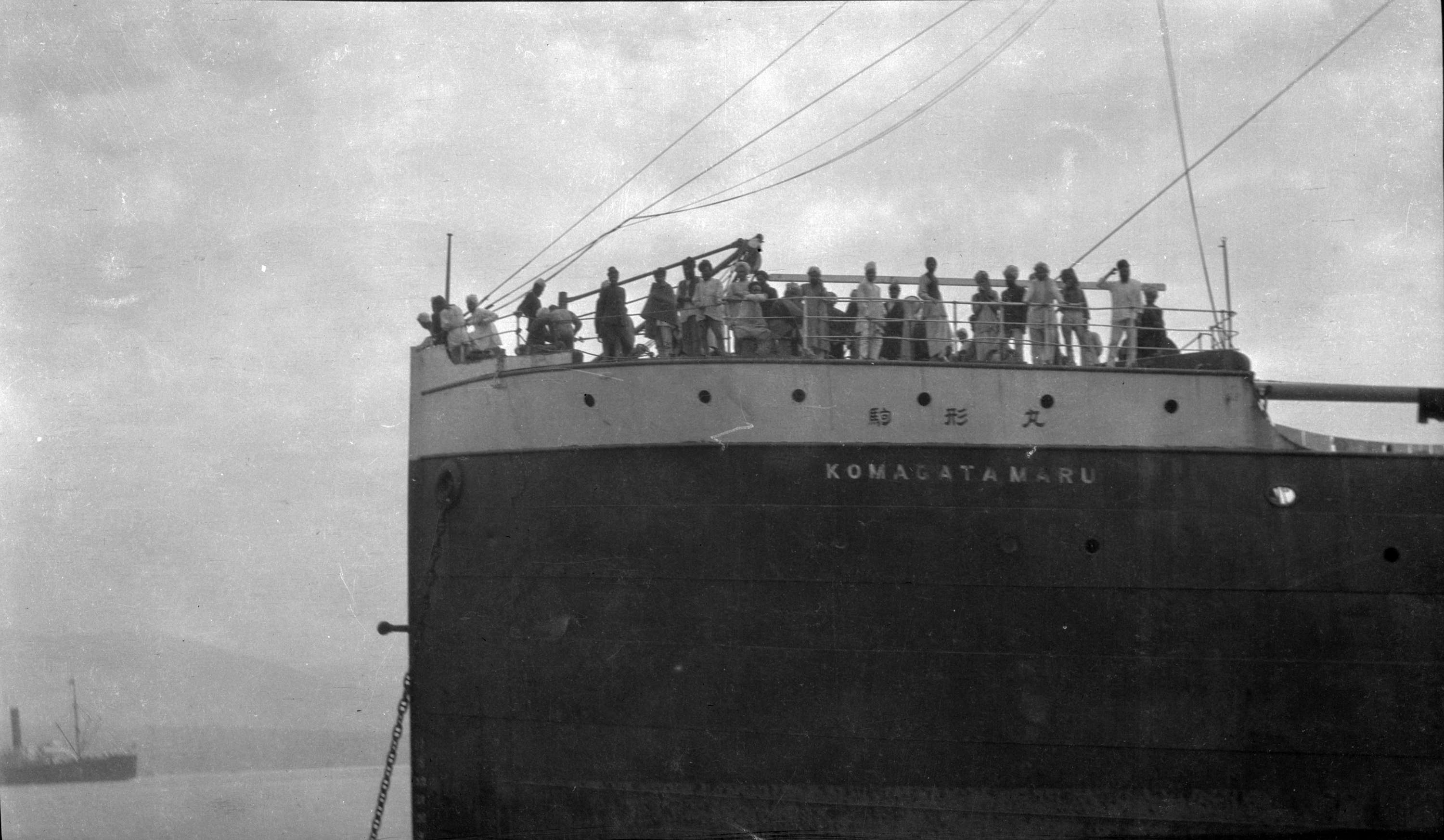
Immigration
Formal Apology for the Komagata Maru Incident
Prime Minister Justin Trudeau formally apologized for the Komagata Maru incident before the House of Commons. In 1914, a chartered ship carrying Punjabis who sought a better life in Canada was denied entry at the Port of Vancouver. A dramatic challenge to Canada’s former practice of excluding immigrants from India ensued. The passengers were finally turned away after a long legal ordeal, only to face a deadly conflict with police upon their return to India.
-
November 08, 2016
Immigration
Donald Trump Wins US Presidential Election
Republican Party candidate Donald Trump won the United States presidential election, beating Democrat Hillary Clinton in a historic upset. Clinton, vying to be the first woman president, was favoured to win over the controversial billionaire businessman Trump, who divided Republicans throughout his campaign. On election night, as results increasingly pointed to a victory for Trump, Citizenship and Immigration Canada’s website crashed due to an overwhelming surge in traffic. (See also: Citizenship; Immigration; Canada and the United States.)
-
November 07, 2018
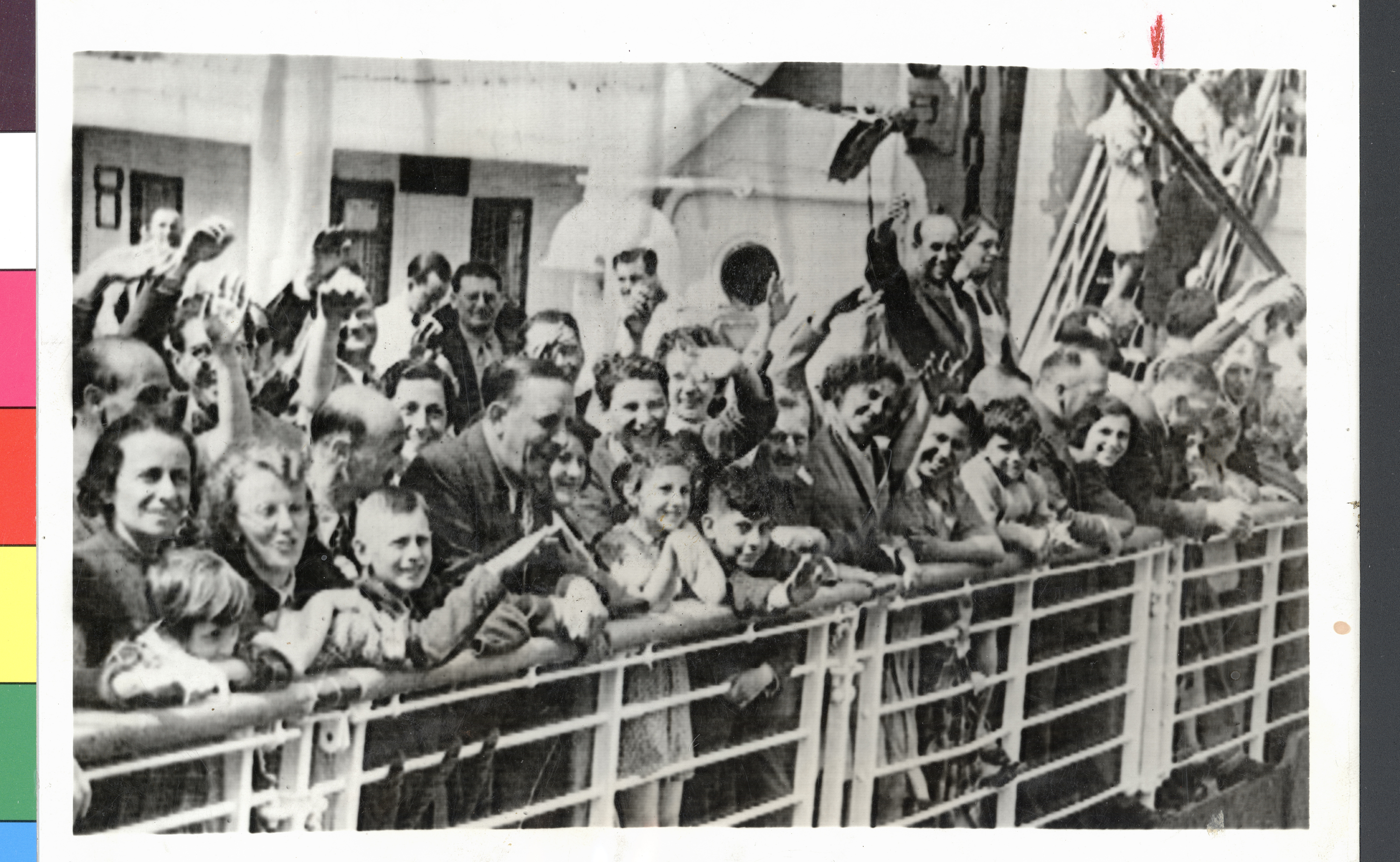
Immigration
Federal Government Apologizes for MS St. Louis
Prime Minister Justin Trudeau issued a formal apology in the House of Commons for the government’s decision in 1939 to turn away 907 Jewish refugees aboard the MS St. Louis, 254 of whom eventually died in the Holocaust. Noting Canada’s anti-semitic immigration policies at the time, Trudeau said, “We apologize to the 907 German Jews aboard the MS St. Louis, as well as their families. We are sorry for the callousness of Canada’s response. And we are sorry for not apologizing sooner.”
-
January 29, 2019

Immigration
Ottawa Pledges $114.7 Million for Asylum-Seeker Housing
The federal government earmarked $114.7 million to compensate provinces and cities for the costs of temporary housing for asylum seekers. The amount was in addition to $50 million that was promised to Manitoba, Ontario and Quebec in the summer of 2018. However, the financial commitment fell short of the $200 million and $300 million that Ontario and Quebec, respectively, estimated to have spent.
-
February 12, 2019

Immigration
Ontario Police Free 43 People from Human Trafficking Ring
Forty-three Mexican men aged 20 to 46, who had paid traffickers to bring them to Canada so they could seek education and employment opportunities, were forced to work as hotel cleaners in Collingwood, Innisfil, Oro-Medonte and Cornwallfor less than $50 a month. The traffickers were not arrested or charged with any crimes. The victims were all offered employment and lodging at a local resort.
